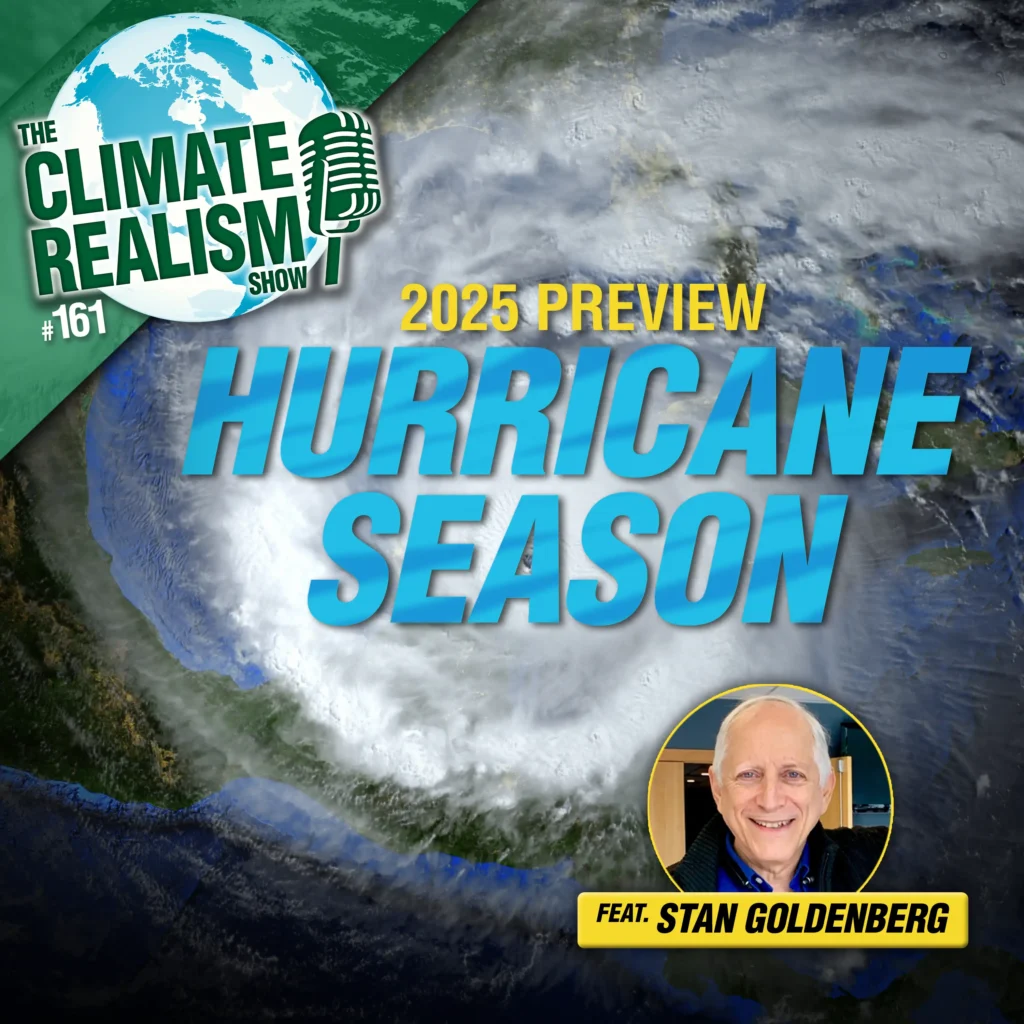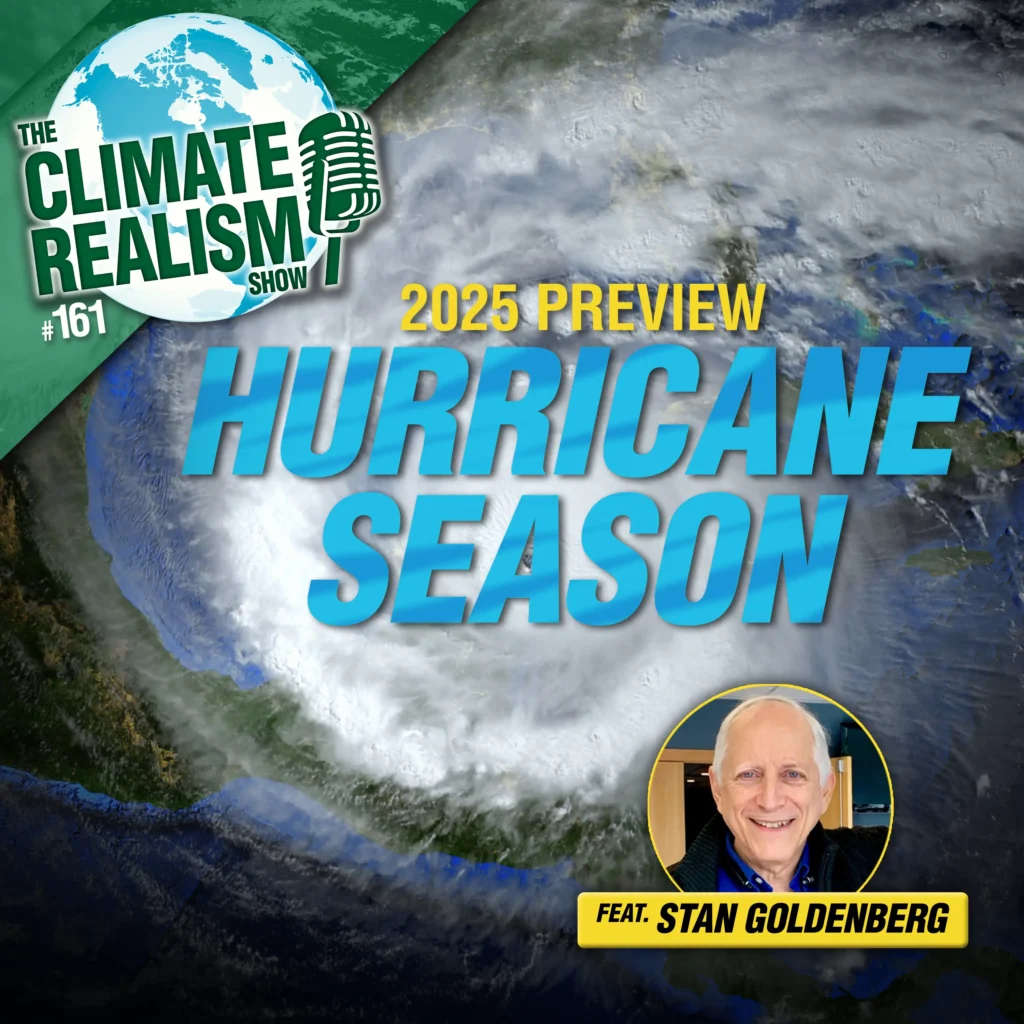The UN Intergovernmental Panel on Climate Change (IPCC) released its highly anticipated Sixth Assessment Report (AR6) on August 9. The report is certain to have a significant impact on how government entities in the Western world choose policies to respond to climate change. Are the predictions and the conclusions reached in the report trustworthy?
What are media saying about AR6?
Basically, that the climate situation is extremely dire, that humans are essentially entirely to blame, and that we are practically out of time to solve the problem. In fairness to journalists, UN Secretary General António Guterres called the findings of AR6 a “code red for humanity” in a press release accompanying the release of the report.
Are these claims new?
The idea of IPCC claiming humans have unequivocally caused dangerous climate change is not news, and merely reiterates what previous IPCC reports incorrectly claimed. The IPCC made the same declaration in its previous report, AR5, in 2014. In earlier ARs, IPCC said it was virtually certain humans had caused global warming. More gloomy statements were made by the UN in 1982, 1989, 1990, 2007, 2015, and in 2018. For example, former IPCC chairman Rajendra Pachuri warned in 2007, “If there’s no action before 2012, that’s too late. What we do in the next two to three years will determine our future. This is the defining moment.”
What does AR6 leave out?
While previous ARs acknowledged that natural factors such as the Sun, clouds, ocean currents, etc., play at least some, albeit poorly understood, role in climate change, AR6 jettisons almost all natural factors as having any but the most marginal of effects on the climate. For example, the word “cloud” only appears twice in the “Summary for Policymakers,” despite water vapor being by far the dominant greenhouse gas, accounting for more than 97 percent of all the greenhouse gases in the atmosphere. Furthermore, clouds have huge long-term and short-term effects on surface temperatures. IPCC acknowledged as much in previous ARs, admitting climate models only poorly account for the role changes in cloud cover play in climate change. AR6 also virtually ignores any effect the Sun has on climate change. The report barely acknowledges solar irradiance (the output of light energy from the Sun) as having any role at all in climate change. There is no mention of solar cycles, which we know from history correlate with climate changes, nor does the report even mention that increases and decreases in cosmic rays resulting from solar fluctuations affect cloud cover and thus temperatures. Except for volcanoes, all other factors, such as large-scale decadal ocean circulation patterns, are lumped into a category called “Internal Variability,” to which AR6 attributes almost no effect on climate change.
Why is the sidelining of the impact natural factors have on climate change a problem for IPCC’s narrative?
Even AR6 admits temperatures, sea level rise, droughts, tropical storm numbers and intensities, wildfires, etc., have all been as high and severe many other times in the past 125,000 years as they are at present. However, if natural factors caused equivalent or even more rapid and severe climate effects in the past, with no human help, there is no logical reason to think nature is playing no current role in climate change. Essentially, the authors of AR6 do not have a significant understanding of the natural factors that caused past climate changes and they can’t model them, so they simply assign natural factors no role in current climate change. Once the IPCC arbitrarily rules out all factors other than the ones it can model and thus has decided to study, of course humans are going to appear to be to blame for climate change.
What is going on with the climate models IPCC relies on?
The foundation of AR6’s claims about human-caused climate change is the newest generation of climate models. The first page of AR6’s “Technical Summary” states,
“This report assesses results from climate models participating in the Coupled Model Intercomparison Project Phase 6 (CMIP6) of the World Climate Research Programme. These models include new and better representation of physical, chemical and biological processes, as well as higher resolution, compared to climate models considered in previous IPCC assessment reports. This has improved the simulation of the recent mean state of most largescale indicators of climate change and many other aspects across the climate system.
Climate projections based on CMIP6 models are a defect of AR6, not a virtue. In July, the scientists and modelers who constructed the CMIP6 models were forced to admit they grossly overestimated past and projected warming, doing even worse than previous generations of models. “[T]he climate models that help [climate scientists] project the future have grown a little too alarmist,” reports Science, the peer-reviewed academic journal of the American Association for the
Advancement of Science. “Many of the world’s leading models are now projecting warming rates that most scientists, including the model-makers themselves, believe are implausibly fast…. In advance of the U.N. report, scientists have scrambled to understand what went wrong and how to turn the models … into useful guidance for policymakers.” If the models must be fixed before they can deliver “useful guidance for policymakers,” why did IPCC decide to continue to use them?
Why is poor modeling such a big problem?
The admission by climate scientists of “implausibly hot” modeling predictions by CMIP6 raises questions on the reliability of IPCC temperature forecasts often touted in the media and used to promote extreme climate action. The most fundamental prediction climate models make is temperature changes, which are supposed to be driving all the other supposedly catastrophic climate changes. Yet, for decades, climate models have proven unable to get temperatures right. Previous generations of models overstated warming, and the newest generation is making even hotter projections, belying IPCC’s claims these models are “better.”
As Patrick Michaels of the Competitive Enterprise Institute notes, “As it has in each of its [previous] summary reports, AR6 makes the cardinal error of aggregating families of models (in this case CMIP-6) rather than using those that are more representative of reality. Using the more representative models is the ‘best scientific practice’ in forecasting that the IPCC refuses to abide by. This practice is used virtually every day in composing the secular weather forecast. What’s good for 120 hours should be good for 120 years.”
Sadly, for anyone hoping to derive knowledge about climate change from the IPCC, every new generation of climate models seems to do at least as poorly as the previous generation of models, as displayed quite clearly in Table 1.2 in Chapter 1 of AR6 on page 47. The earliest, less complex climate models (pre-IPCC), not hampered by unverified assumptions about various asserted feedback mechanisms assumed by scientists and modelers to amplify warming, estimated a doubling of atmospheric carbon dioxide would result in 2.0 to 3.5˚ of warming. Measured temperatures have shown these earliest models were too sensitive to carbon dioxide changes, but their temperature projections have come closer to tracking actual temperature changes measured on land, by weather balloons, and by satellites, than their later counterparts.
In 1990, IPCC’s first model simulations estimated a doubling of carbon dioxide would result in 1.9 to 5.0˚ of warming. In the fifth generation of models, the range narrowed, with the CMIP5 models estimating a warming of 2.1 to 4.7˚. The estimated temperatures were still too hot, but at least the range of estimated temperatures seemed to be narrowing, indicating a modicum of progress. Whatever progress was made by CMIP5 has apparently been squandered in the CMIP6 models, which now project 1.8 to 5.6˚ warming.
Conclusion
Over time, scientists’ understanding of the equilibrium climate sensitivity to a doubling of carbon dioxide in the atmosphere should have improved, leading to better model inputs and outputs. The very opposite has occurred. The IPCC knew its earlier models were projecting too much warming, and as the results came in showing the CMIP6 models were even farther away from reality, the IPCC had plenty of time to change course. It didn’t. This is because the Intergovernmental Panel on Climate Change is a government body, not a scientific endeavor. Never once has the IPCC undertaken an honest assessment of either all the factors, both natural and anthropogenic, that may drive climate changes, or an honest weighing of the positive and negative consequences possibly flowing from a modest warming, or of the relative merits of a world with or without fossil fuels. Therefore, AR6 is just another untrustworthy report issued by IPCC.
Additional Resources
Climate Change Reconsidered II: Physical Science – Summary for Policymakers
https://heartland.org/wp-content/uploads/documents/CCR/CCR-II/Executive-Summary.pdf
Climate Change Reconsidered II: Physical Science is an independent, comprehensive, and authoritative report on the current state of climate science, published in October 2013. It is the fourth in a series of scholarly reports produced by the Nongovernmental International Panel on Climate Change, an international network of climate scientists sponsored by three nonprofit organizations: the Center for the Study of Carbon Dioxide and Global Change, the Science and Environmental Policy Project, and The Heartland Institute.
Climate Change Reconsidered II: Biological Impacts – Summary for Policymakers
https://heartland.org/wp-content/uploads/documents/CCR/CCR-IIb/Summary-for-Policymakers.pdf
Released on April 9, 2014, Climate Change Reconsidered II: Biological Impacts is an independent, comprehensive, and authoritative report on the impacts of climate change on plants, terrestrial animals, aquatic life, and human well-being.
Climate Change Reconsidered II: Fossil Fuels – Summary for Policymakers
https://heartland.org/publications-resources/publications/climate-change-reconsidered-ii-fossil-fuels—summary-for-policymakers
In this fifth volume of the Climate Change Reconsidered series, 117 scientists, economists, and other experts assess the costs and benefits of the use of fossil fuels by reviewing scientific and economic literature on organic chemistry, climate science, public health, economic history, human security, and theoretical studies based on integrated assessment models (IAMs) and cost-benefit analysis (CBA).
The U.S. Leads the World in Clean Air: The Case for Environmental Optimism
https://files.texaspolicy.com/uploads/2018/11/27165514/2018-11-RR-US-Leads-the-World-in-Clean-Air-ACEE-White.pdf
This paper from the Texas Public Policy Foundation examines how the United States achieved robust economic growth while dramatically reducing emissions of air pollutants. The paper states that these achievements should be celebrated as a public policy success story, but instead the prevailing narrative among political and environmental leaders is one of environmental decline that can only be reversed with a more stringent regulatory approach. Instead, the paper urges for the data to be considered and applied to the narrative.


